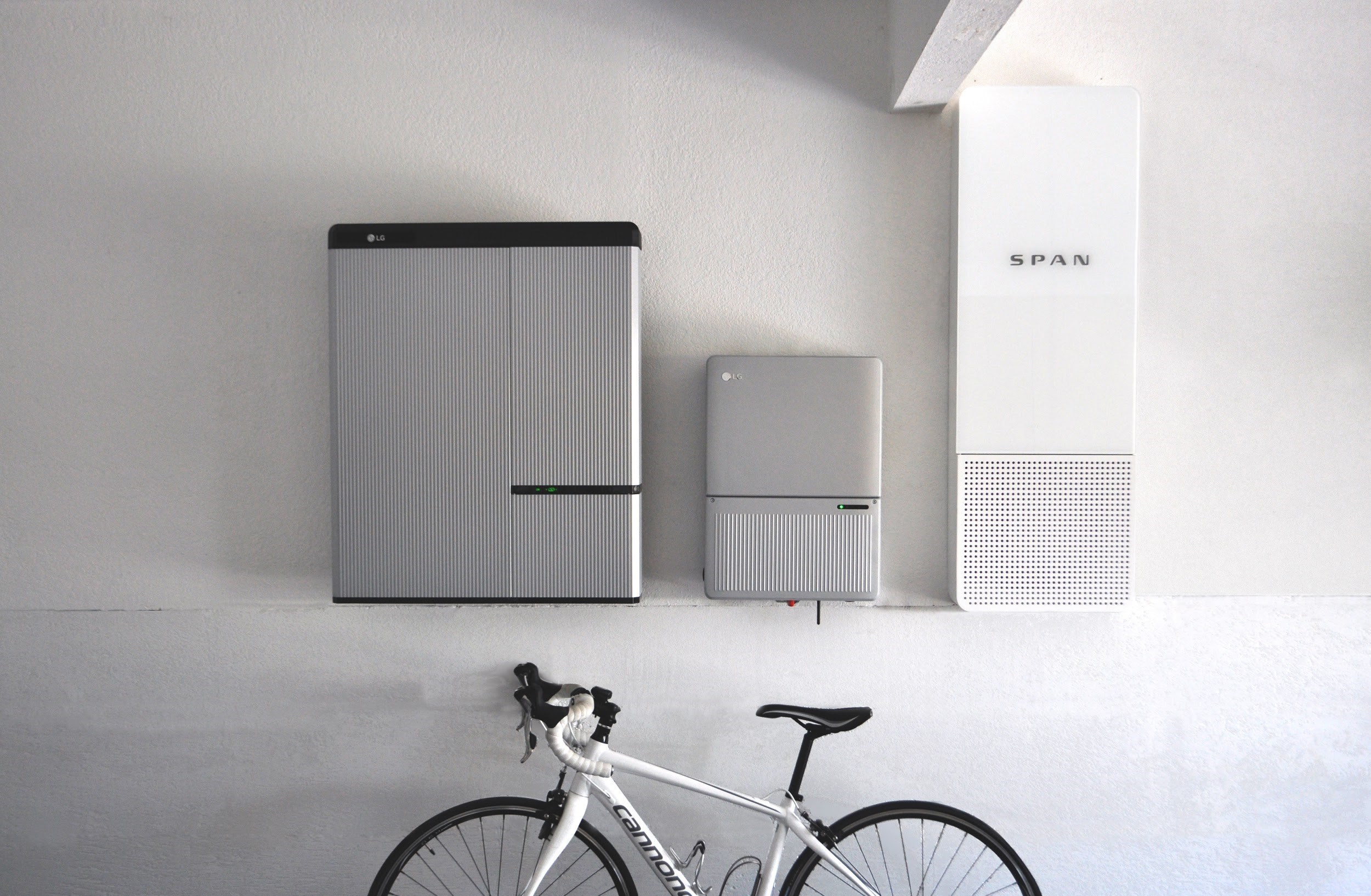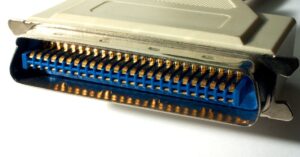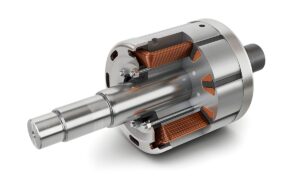The growing number of homeowners seeking to ditch gas and oil and electrify their old homes is drawing new interest to electrical panels. These often-forgotten metal boxes tucked into the wall of a garage, basement, or other out-of-the-way space constitute a nationwide electrical choke point. Will you need a complete electrical panel upgrade to meet your home’s increased electricity demand?
“Many people don’t even know where their electrical panels are, and now they’re one of the most important players in the entire electricity conversation,” said Brian Stewart, co-founder of Electrify Now. “The electrical panel is the unsung hero of the electrification project.”
Going electric — that is, switching from gas and oil to all-electric appliances and heaters — will reduce carbon dioxide and other emissions, but will likely increase your home’s electrical energy consumption. Be careful, because your electrical panel has a cap on the amount of electricity it can deliver to your home; How many amps at one time. If you live in a home that is less than 50 years old, there is a good chance that you have a 200 amp electrical panel that is more than capable of handling these larger electrical loads. But what if you live in an old house with a 100k panel?
Let’s take a look at the typical energy load for an all-electric home and break down the range of options available if your electrical panel needs some help meeting increased energy demand.
basics
The electrical panel, also called a breaker box or circuit board, is responsible for safely conducting electricity from utility power lines to your home and then distributing the loads throughout. One large switch controls the main breaker, turning your entire home’s electricity on and off. A row or two of smaller partitions are connected to different appliances, lighting zones and zones.
You can find out how many service amps your panel is receiving
Check your utility meter box (outdoor) for its amperage rating label Inspect your electrical panel for its amperage rating label Check the size of the main breaker on the panel
Do you need electrical panel upgrades?
To electrify your home, you may or may not need more electricity. “More than half of homes in the United States have electrical service less than or equal to 100 amps,” explains Cora Went, research associate at Rewiring America. Let’s think about how this compares to the typical energy load in an all-electric home:
Lighting and sockets: 6 kW Electric car charger: 10 kW Electric stove and oven: 10 kW Electric dryer: 5 kW Heat pump water heater: 5 kW Dishwasher, microwave and other appliances: 1.5 kW each
Wint calculated that powering everything on that list would require about 121 amps. So, if you have a 100 amp electrical panel, you probably need to do some sort of electrical upgrade:
Complete electrical panel upgrade and/or increased utility service volume Panel Optimization Deploy technology, such as smart panels, to manage your electrical load
1. Enlarge the service volume and upgrade the electrical panel
To increase your home’s power limit, you’ll need to upgrade your electrical panel, rewire it to increase the service you get from your utility, or both. The cost of this process can range from $2,000 to $30,000 and takes up to 6 months. Yes! The Inflation Control Act offers rebates and tax credits to help offset the cost, but it will still be an expensive and time-consuming process.
“Sometimes upgrading and upscaling is inevitable, but most homes with a 100-amp circuit breaker have faster, safer and more affordable options for electrifying their homes,” said Hannah Brueggemann, program manager at Build It Green. “It’s not popular because not enough people are aware of the options.” Even in older homes, you may not need a complete electrical panel upgrade.
2. Improve the painting
“Improving panels can help people electrify existing homes as quickly, affordably, and as equitably as possible,” Brueggemann says. In homes with 100 or more panels, you can often avoid full utility service and upgrade the electrical panel by optimizing the panel, through appliance selection and whole-home electrification planning. To do this, you’ll need to combine energy-efficient appliances with circuit sharing devices to manage your home’s energy use.
Not only does upgrading your panel save you money over service upgrades, it also keeps additional stress off your local utility grid. The same rebates and tax credits available for electrical upgrades often apply to energy-efficient appliances as well. Upgrading to efficient devices that consume less power makes the optimization process more feasible, effective, and convenient.
Painting improvement strategies
“Even at peak usage, most homeowners only use about 30% of their available electricity,” Brueggemann explained. So improving your board may be easier than you think. Some strategies for managing your electrical load include:
Choose energy-efficient appliances – they are often almost identical to less efficient models in terms of cost and performance. Insulate the air in your home to reduce heat and cooling loss. Avoid large electric car chargers. Temporarily stop charging the electric vehicle when other appliances that consume a lot of power, such as the washer and dryer, are running. You can do this manually or using a priority circuit sharing device. Choosing appliances that combine two functions, such as a stovetop and oven, reduces the need for separate high-power circuits.

Span’s smart electrical panel provides monitoring and control of all circuits as well as the flexibility of battery backup during a power outage.
3. Smart electrical panel upgrades
A growing number of devices can help with panel optimization, including load sharers, meter collars, smart circuit breakers, smart panels, and subpanels. These tools can manage your electricity demand and avoid exceeding the total power supply (100 amps) and drawing from specific circuits.
“Electricity can put a strain on a home’s infrastructure,” explained Chad Conway, head of product at SPAN, a smart panel manufacturer. “Smart load management can handle rare instances of high demand, automatically manage energy usage in real time and save the homeowner thousands of dollars compared to the cost of upgrading (utility) service.”
Using smart panels, smart circuit breakers, and other high-tech panel add-ons, you can prioritize electrical loads for each circuit. When the circuit reaches a certain draw, the technology will avoid overloading by stopping the specified load with a lower priority. “This technology allows for more efficient use of both the infrastructure in your home and the infrastructure on the network,” Conway says.
A common example is the circuit between an electric car charger and an electric clothes dryer. The electric car charger automatically pauses when the dryer is running, then resumes charging when the dryer is finished. Unless you’re doing laundry overnight, your car will still be charged for your commute come morning. No need to upgrade your expensive electrical panel!
Smart technology that prioritizes loads is also recommended if you plan to use solar panels and a solar battery system to power your home during a power outage. You may also be able to take advantage of your facilities’ time-of-use rates, or demand management rate, on a regular basis. These controllers provide easy-to-use dashboards or applications to control energy balancing during emergencies or other special circumstances.
He electrified everything
“To achieve our climate goals and limit human environmental damage, we need to transition from natural gas to electric power as quickly, fairly, and as cost-effectively as possible,” Brueggemann stressed. Sometimes, electrical panel upgrades and service are unavoidable. However, many homes with 100 electrical panels can go electric quickly and affordably with panel optimization, energy-efficient appliances, and energy management technology.
Note: This article stems from the Electrify Now webinar on “Electrical Panel Upgrades.” For more strategies and techniques to power your home, visit their YouTube channel.
Author:
Katherine Poslusny is a freelance writer and content marketing specialist based in Norman, Oklahoma. You can find her at catherinerosewrites.com.
Our team researches products, companies, studies and technologies to bring you the best in zero-sum construction. Zero Energy Project does not independently verify the accuracy of all claims regarding featured products, manufacturers, or linked articles. Additionally, mention of the product and brand on Project Zero Energy does not imply endorsement or sponsorship unless otherwise stated.



